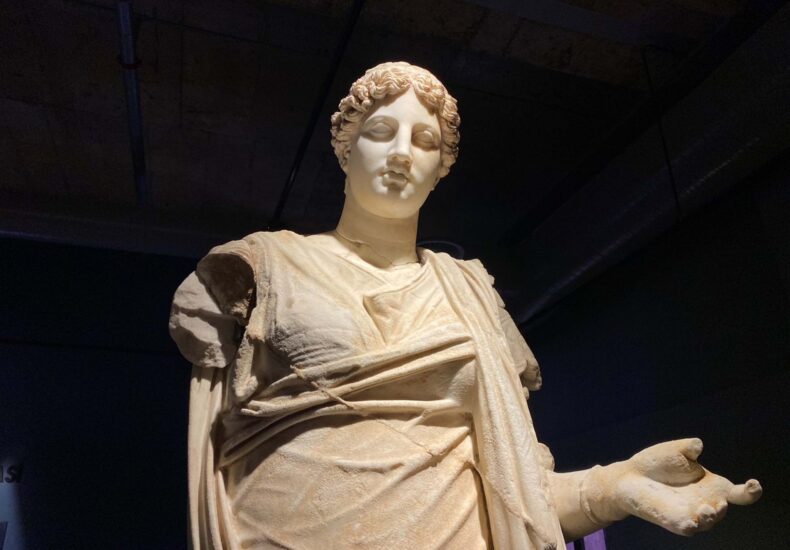
The Statue of Hestia, the Guardian Goddess of Aigai, from the Hellenistic Period, is Now on Display at the Manisa Museum
A 2.7-meter-tall marble statue of the goddess Hestia, discovered in 2005 during excavations at the ancient city of Aigai in western Türkiye, is now on display for the first time. Believed to be the only known Hestia statue from the Hellenistic period that has survived to the present day, it is showcased in a specially designed hall at the newly opened Manisa Archaeology Museum.
Goddess of Order, Now Back at the Heart of the Polis
The statue represents Hestia, the revered protector of homes and cities in ancient Greek religion. In antiquity, statues of Hestia were commonly placed in council buildings (bouleuteria), symbolizing civic order and unity. As Aigai excavation director and Celal Bayar University archaeology professor Prof. Dr. Yusuf Sezgin explains:
“In ancient times, decisions in the council were made while looking directly into the eyes of Hestia. She stood for unity, stability, and the moral compass of the city.”
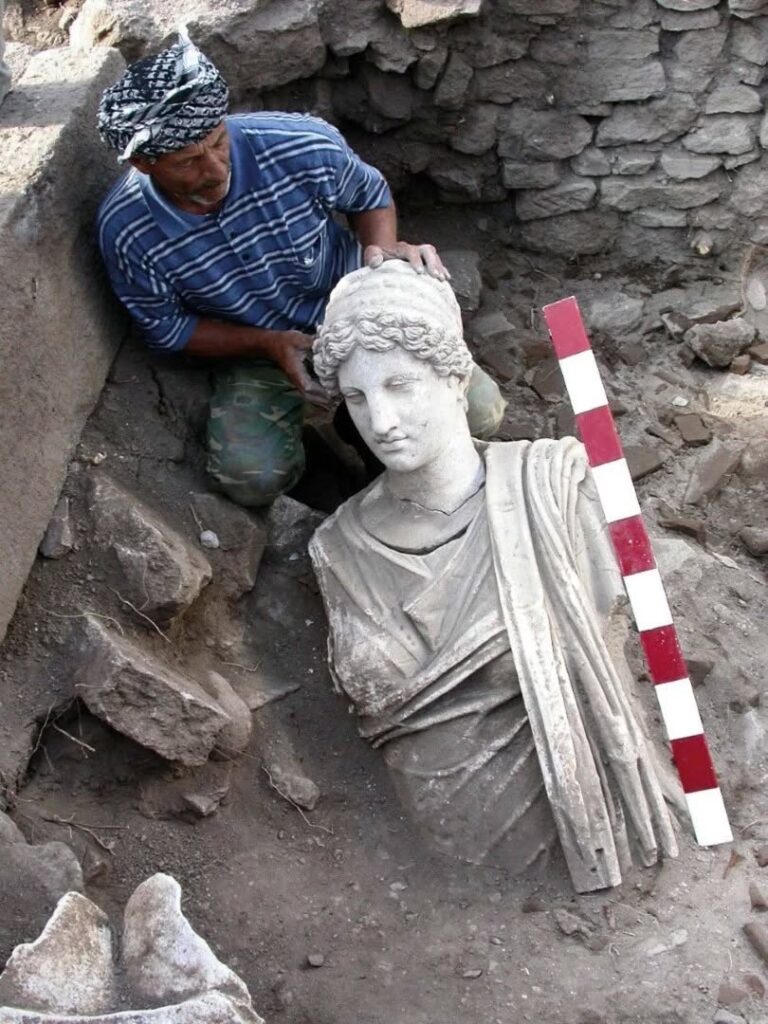
An Ancient Council Hall Recreated Inside the Museum
The museum’s newly built hall replicates the architectural layout of Aigai’s original council chamber. Hestia now stands exactly where she once did 2,200 years ago — alongside other honorific statues recovered from the site.
“Visitors can feel as if they’ve stepped into an ancient assembly,” says Prof. Dr. Sezgin.
This immersive setting bridges the distant past with the modern viewer.
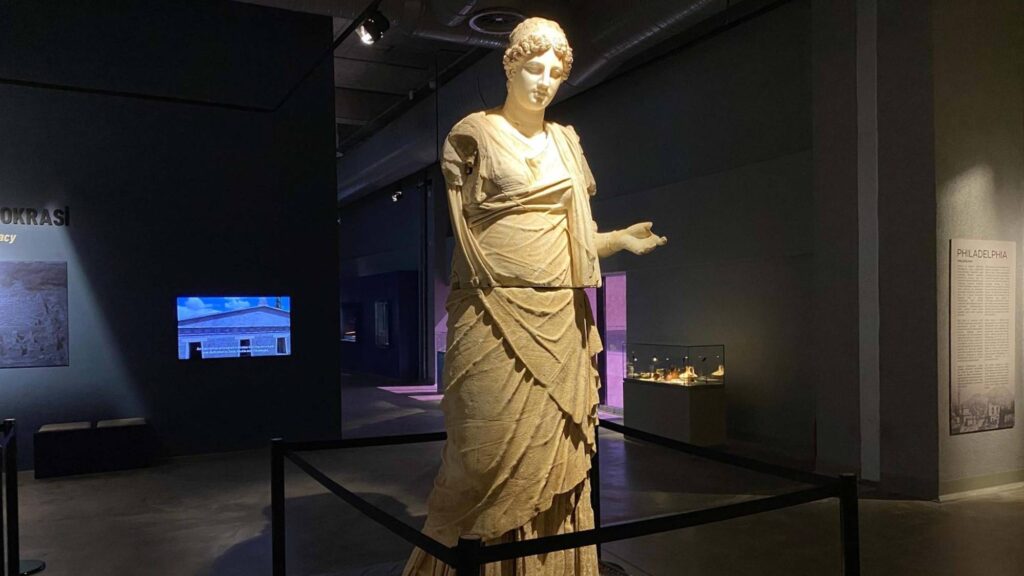
A Rare and Singular Survival from Antiquity
The statue was unearthed in two large fragments during the 2005–2006 excavation seasons. It remained in storage for years, awaiting the opening of a museum equipped to display it properly.
While statues of Vesta (the Roman equivalent of Hestia) exist in several global collections, Prof. Dr. Sezgin notes:
📣 Our WhatsApp channel is now LIVE! Stay up-to-date with the latest news and updates, just click here to follow us on WhatsApp and never miss a thing!!
“This is the only surviving example of Hestia from the Hellenistic period that we know of today.”
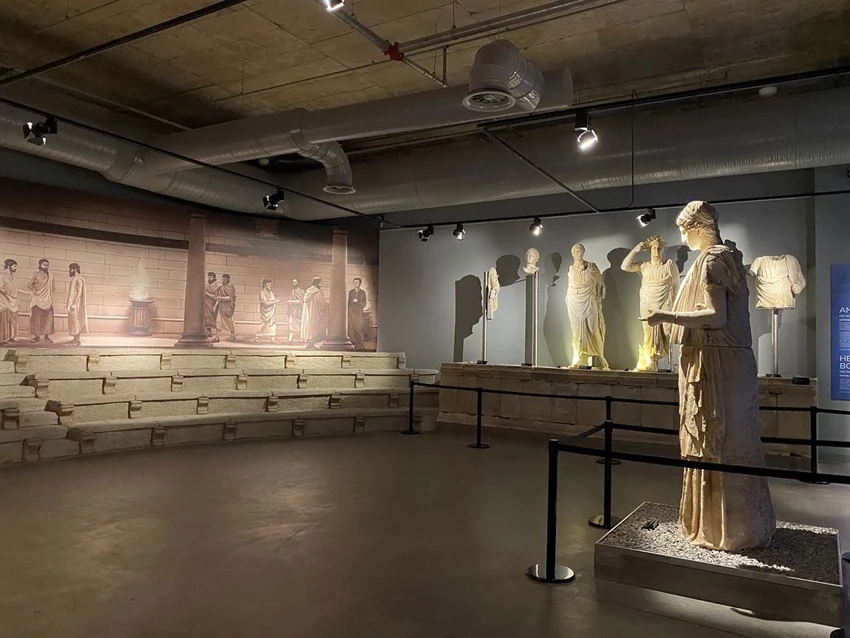
About Aigai Ancient City
Located in the Yunusemre district of Manisa Province in western Türkiye, Aigai was one of the twelve ancient cities of the Aeolian League. Founded as early as the 8th century BCE, the city reached its architectural and political peak during the Hellenistic period.
Built on a mountainous terrain, Aigai features exceptionally well-preserved public structures, including a bouleuterion (council house), agora, theater, stoas, and temples. The ongoing archaeological work continues to shed light on urban planning, religious practices, and civic life in Hellenistic Anatolia.
You may also like
- A 1700-year-old statue of Pan unearthed during the excavations at Polyeuktos in İstanbul
- The granary was found in the ancient city of Sebaste, founded by the first Roman emperor Augustus
- Donalar Kale Kapı Rock Tomb or Donalar Rock Tomb
- Theater emerges as works continue in ancient city of Perinthos
- Urartian King Argishti’s bronze shield revealed the name of an unknown country
- The religious center of Lycia, the ancient city of Letoon
- Who were the Luwians?
- A new study brings a fresh perspective on the Anatolian origin of the Indo-European languages
- Perhaps the oldest thermal treatment center in the world, which has been in continuous use for 2000 years -Basilica Therma Roman Bath or King’s Daughter-
- The largest synagogue of the ancient world, located in the ancient city of Sardis, is being restored

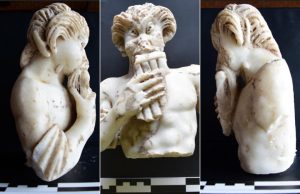
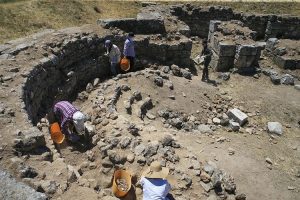
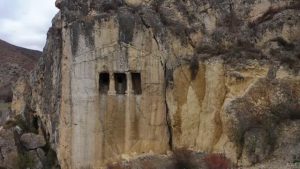
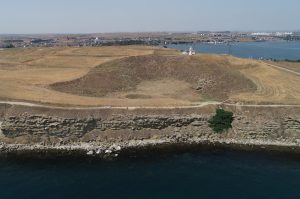
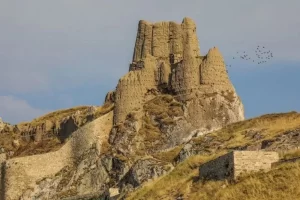
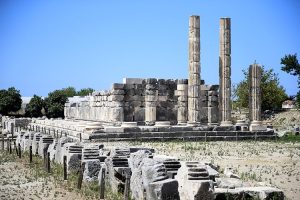


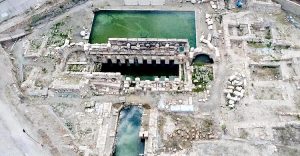
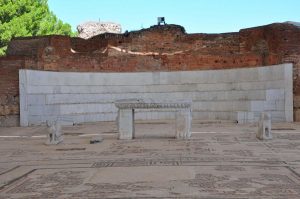
Leave a Reply